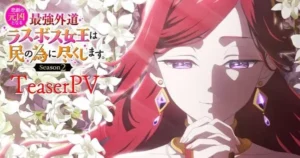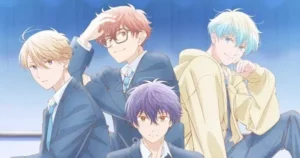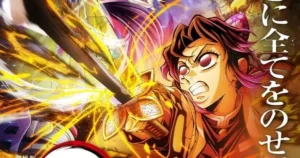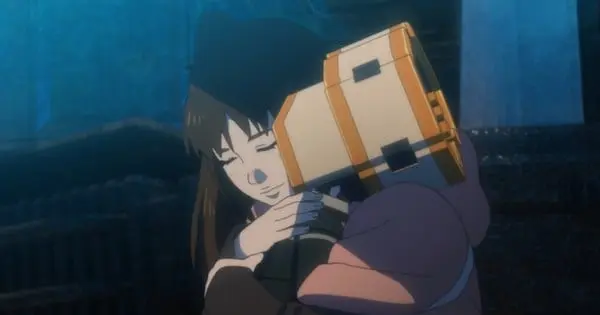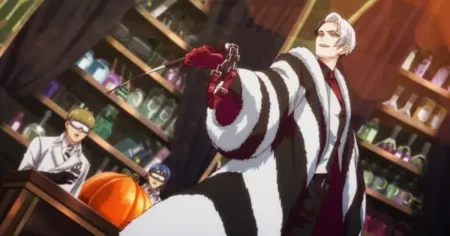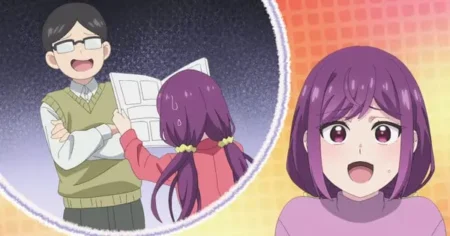“Star Wars: Visions” returned with its highly anticipated third volume on October 29, 2025, exclusively on Disney+, continuing its tradition of presenting the iconic galaxy through the unique lenses of various anime studios. Among the nine compelling short films, Episode 3, titled “The Ninth Jedi: Child of Hope,” stands out as a direct continuation of a fan-favorite narrative from the series’ inaugural volume. Produced by the acclaimed Production I.G., this episode delves deeper into the journey of Kara, offering a more introspective and emotionally resonant exploration of what it means to be a Jedi in a time of uncertainty.
A Return to Kara’s Odyssey: The Narrative Core
“The Ninth Jedi: Child of Hope” picks up with Kara, the central figure from Volume 1’s “The Ninth Jedi,” as she finds herself adrift in the vastness of space following a brutal ambush. Her ship is gone, and her path forward is unclear. Her salvation comes in the form of Teto, a dedicated service droid aboard a colossal, seemingly abandoned biodome vessel. This meeting sets the stage for a narrative that prioritizes internal conflict and spiritual growth over high-octane action, distinguishing it as a more reflective entry in the “Visions” anthology.
Plot Synopsis: A Journey of Self-Discovery and Renewed Purpose
The episode immediately immerses viewers in Kara’s struggle, not just for survival, but for a renewed sense of identity and confidence. Rescued by Teto, Kara discovers the true nature of the biodome ship: a haunting architectural marvel that has become a mausoleum, filled with dormant artificial ecosystems. Teto reveals that its master, a figure of hope who escaped war centuries ago, remains in stasis within a bacta tank, and Teto desperately seeks Kara’s help to revive him.
As Kara explores the decaying yet beautiful vessel, her external quest intertwines with an internal one. The episode portrays her as a Jedi in name but still uncertain in spirit. Guided by Teto’s pragmatic compassion and echoes of her father’s memories, Kara begins to confront her doubts and anxieties. The short emphasizes the quiet process of “becoming,” focusing on rebuilding confidence in the shadow of fear and learning to trust oneself when traditional guidance is absent.
Production I.G.’s Distinctive Storytelling
Production I.G., known for its meticulous animation and compelling character work, brings a subtle yet profound visual style to “The Ninth Jedi: Child of Hope.” The animation studio, also responsible for the original “The Ninth Jedi” short, uses its expertise to craft a visually rich environment that complements the episode’s thematic depth. The biodome ship itself becomes a character, mirroring Kara’s internal state—a relic of hope, decayed by time and war, yet still capable of renewal. The visual narrative supports the emotional journey, making Kara’s internal struggle palpable.
Deeper Themes: Faith, Mentorship, and Legacy
“The Ninth Jedi: Child of Hope” is rich with thematic layers. It delves into the essence of faith, not merely in the Force, but in oneself and in the potential for good in the galaxy. The mentorship dynamic between Kara and Teto is a central highlight, showcasing how guidance can emerge from unexpected places, filtered through empathy rather than strict doctrine. Their shared experience of being without masters fosters a unique bond that allows Kara to grow.
The episode also explores the legacy of hope, represented by Teto’s master and the biodome itself. It poses the poignant question of what remains when war consumes everything, suggesting that even in decay, the potential for renewal persists. The emphasis on Kara’s effort, rather than lineage or prophecy, to define her connection to the Force offers a fresh perspective on what it means to be a Jedi.
Critical Acclaim and Impact
Upon its release, “The Ninth Jedi: Child of Hope” was well-received by critics and audiences alike. It has been highlighted as one of the stronger entries in “Visions Volume 3,” praised for its emotional depth, strong character development, and the thoughtful continuation of Kara’s story. Its focus on internal struggle and character-driven narrative, with less emphasis on traditional action, was seen by many as a refreshing and meaningful contribution to the “Star Wars: Visions” anthology, further demonstrating the diverse storytelling possibilities within the Star Wars universe. The episode’s ability to explore complex themes and character arcs within its short runtime solidifies its place as a memorable and impactful installment.


